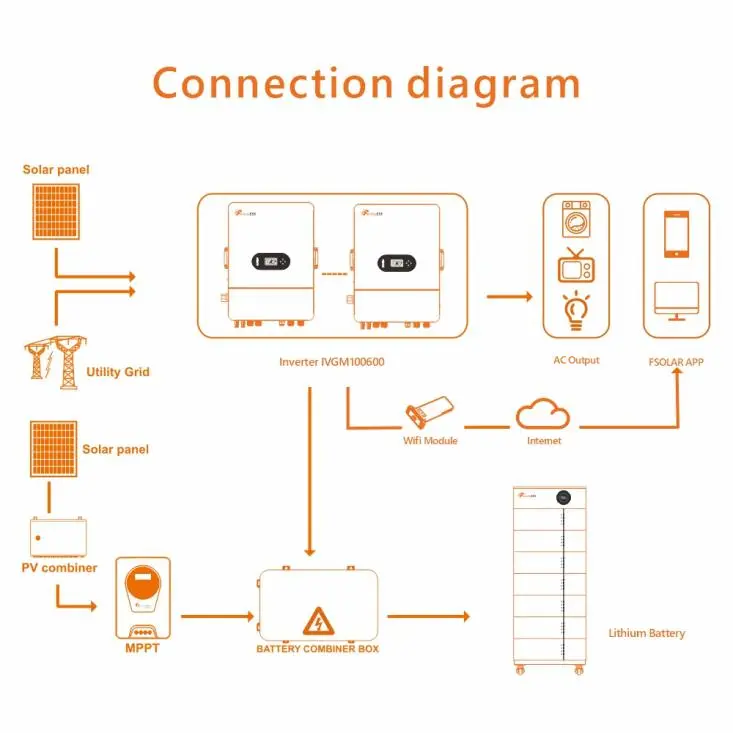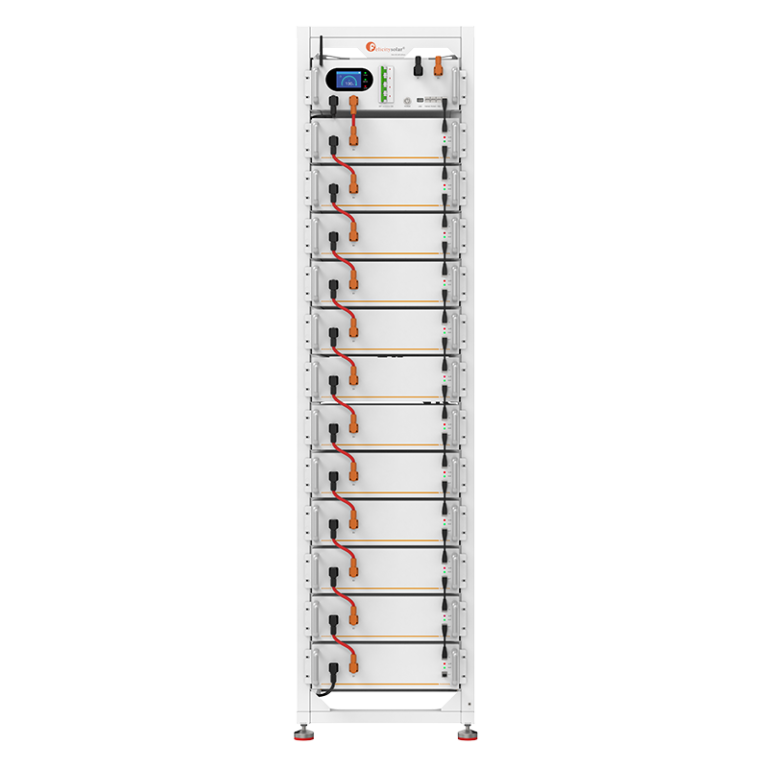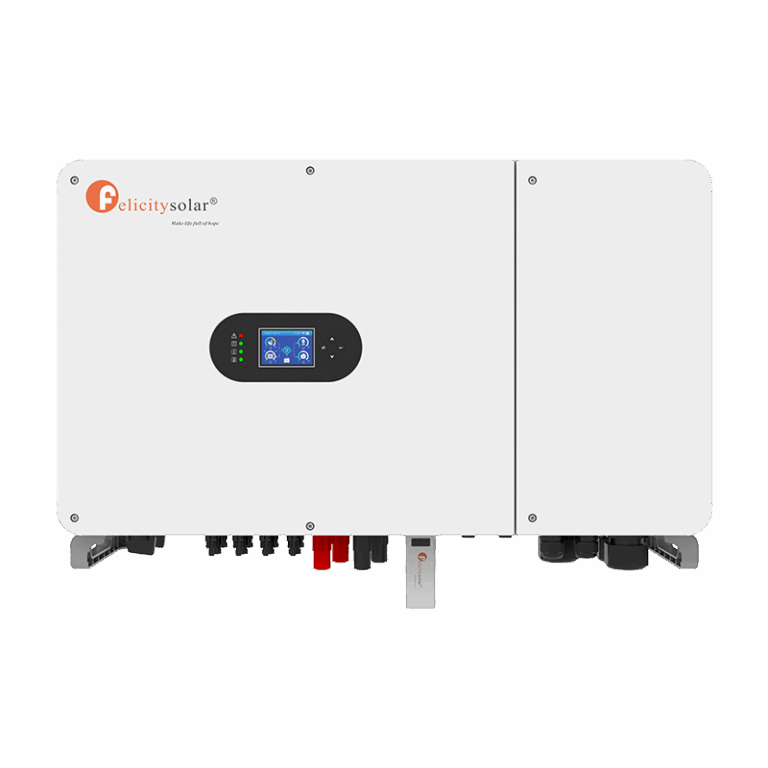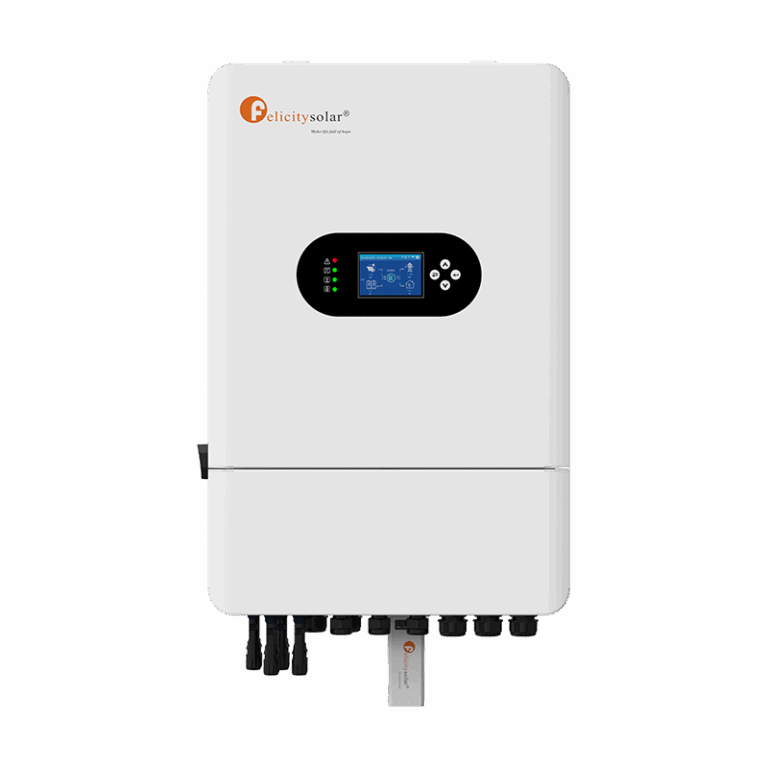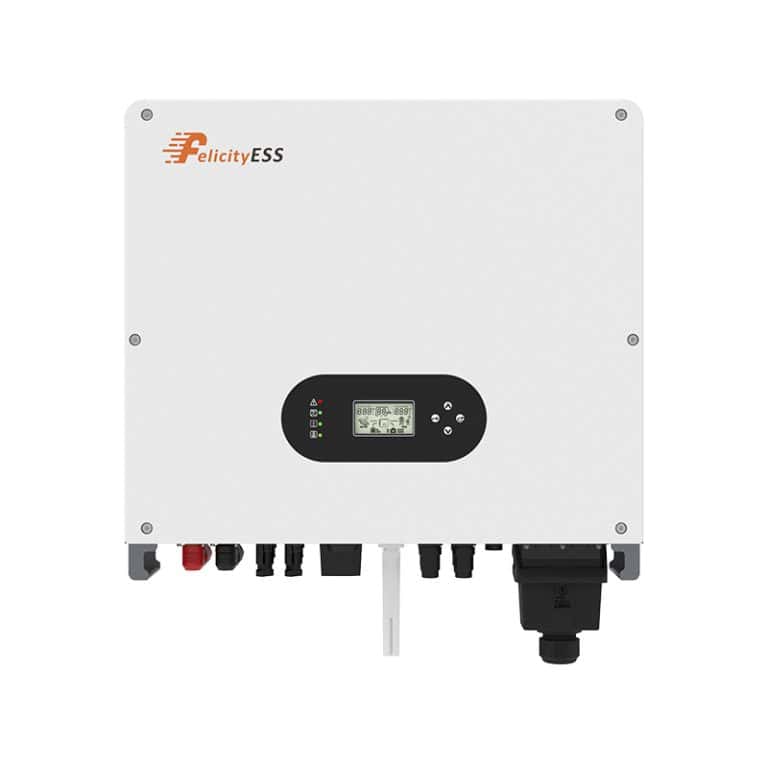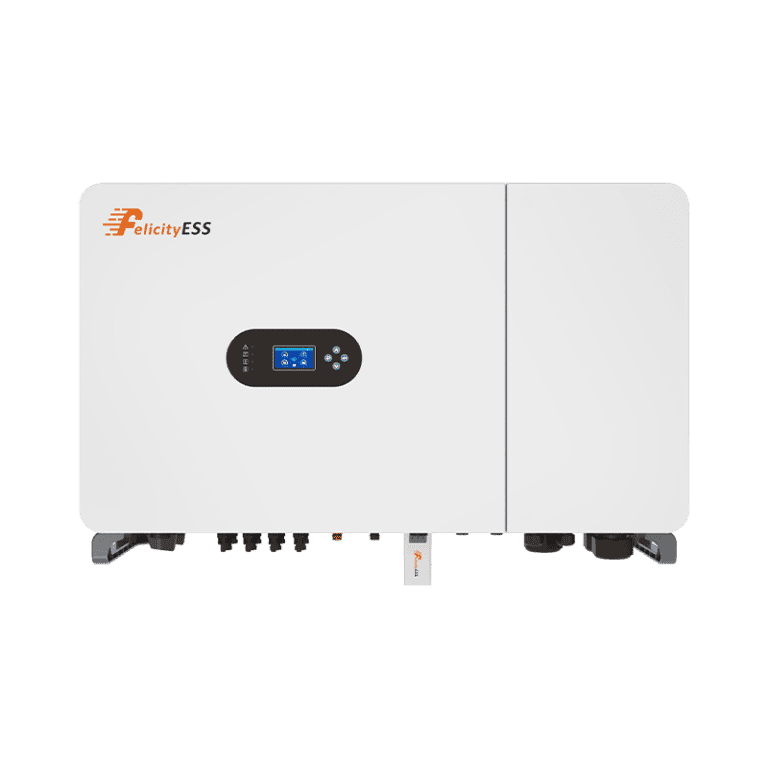Перехід до відновлюваних джерел енергії, зокрема сонячної енергії в Felicity ESS, є вирішальним кроком до стійкого майбутнього. У міру просування сонячної технології, так і необхідність ефективних рішень для зберігання енергії. Сонячні батареї, що складаються, з'явилися як революційні інновації в цій галузі, пропонуючи цілий ряд переваг щодо традиційних батарейних батарей. Ця стаття досліджує переваги сонячних батарейних батарей та порівнює їх зі своїми нещільними колегами, підкреслюючи, чому варіанти, що складаються, все частіше стають кращим вибором як для житлових, так і для комерційних програм.
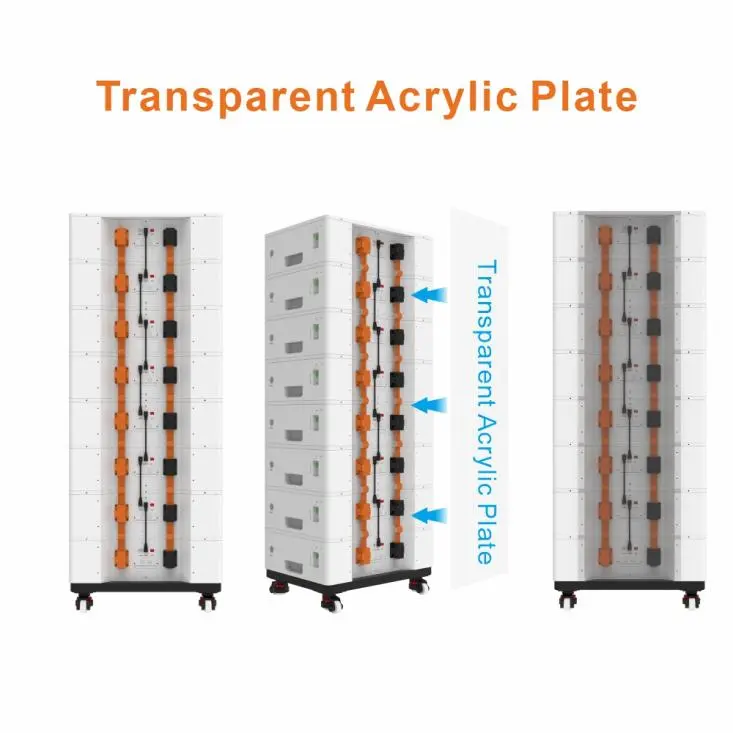
Що таке складні сонячні батареї?
Сонячні батареї, що складаються, - це модульні системи зберігання енергії, розроблені для того, щоб легко масштабувати вгору або вниз відповідно до енергетичних потреб. Кожен блок може бути фізично складений і підключений для створення більшої системи зберігання енергії. Ця модульність пропонує значну гнучкість та зручність, що робить їх привабливим варіантом для різних користувачів.
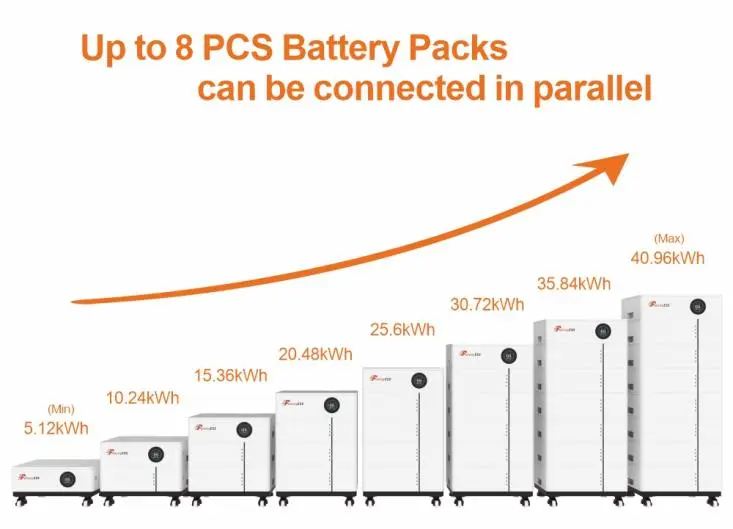
Ключові переваги складних сонячних батарей
Масштабованість і гнучкість
Найвизначнішою перевагою складних сонячних батарей є їх масштабованість. Користувачі можуть почати з однієї одиниці та додавати більше, коли їх потреби в енергоносістах зростають. Ця гнучкість особливо корисна для власників будинків та малого бізнесу, які спочатку можуть мати обмежені енергетичні вимоги, але передбачають зростання в майбутньому. На відміну від беззаконних акумуляторів, які потребують заміни всієї системи для збільшення ємності, акумулятори, що складаються, дозволяють отримати додаткове розширення, заощаджуючи як час, так і гроші.
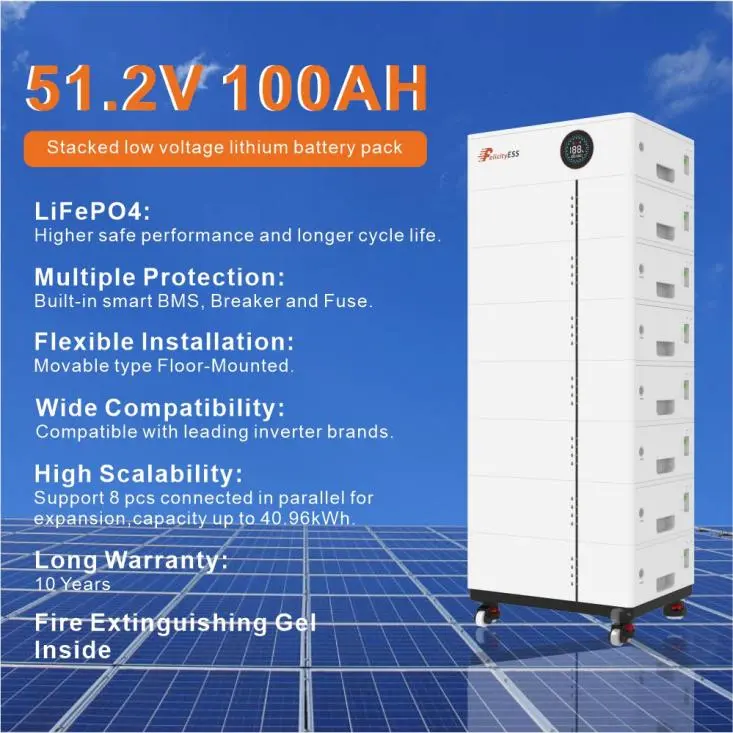
Простота встановлення та обслуговування
Сонячні батареї, що підлягають стачку, розроблені для легкої установки та обслуговування. Їх модульна природа означає, що кожен блок, як правило, легший і простіший у обробці порівняно з великими, некомпонованими акумуляторами. Це не тільки спрощує процес встановлення, але й зменшує витрати на оплату праці. Крім того, технічне обслуговування є більш простим, оскільки окремі одиниці можна обслуговувати або замінити, не порушуючи всю систему.
Покращене використання простору
Обмеження космосу можуть бути суттєвим занепокоєнням для рішень для зберігання житлових та комерційних енергоносіїв. Акумулятори, що підлягають укладанні, пропонують компактний та космічний дизайн, що дозволяє користувачам максимально наявного місця. Можливість укладатися вертикально означає, що навіть ділянки з обмеженим простором підлоги можуть вмістити надійну систему зберігання енергії. Навпаки, батареї, що не підлягають спекуляції, часто потребують більш виділеного місця і можуть бути громіздкими для встановлення в обмежених районах.
Підвищена надійність системи та надмірність
За допомогою сонячних батарейних батарей, збій єдиного блоку не компрометує всю систему зберігання енергії. Користувачі можуть замінити або відремонтувати несправний блок, не відчуваючи значного простою. Ця вбудована надмірність забезпечує більшу надійність системи, що є критичним увагою для додатків, де безперебійне джерело живлення є важливим. З іншого боку, безперешкодно батареї можуть призвести до більш широких відключень електроенергії, якщо вони не вдаються, оскільки вони часто функціонують як єдиний інтегрований блок.
Ефективність витрат
Незважаючи на те, що початкові інвестиції в сонячні батареї, що складаються, можуть бути вищими, ніж деякі нестабільні варіанти, довгострокова ефективність витрат є вищою. Можливість розширення потужностей без заміни всієї системи означає зниження витрат з часом. Крім того, у міру того, як технологія просувається, і ціна окремих акумуляторів знижується, загальна вартість розширення системи, що підтримується, стає більш доступною.
Порівняння з сонячними батареями, що не підлягають спекуляції
Сонячні батареї, що не підлягають спекуляції, хоч і все ще ефективні для зберігання сонячної енергії, не мають модульності та гнучкості системних систем. Зазвичай вони входять у заздалегідь визначені розміри та ємність, що може обмежити їх пристосованість зміною енергетичних потреб. Для користувачів, які потребують збільшення зберігання, системи, що не підлягають спекуляції, часто потребують повного капітального ремонту, що призводить до більш високих витрат та потенційних витрат існуючих налаштувань.
Крім того, батареї, що не підлягають спекуляції, можуть бути складніше встановити та підтримувати через їх більший розмір та вагу. Це може призвести до більш високих витрат на встановлення та складніших процедур технічного обслуговування. Простір, необхідний для систем, що не підлягають спекуляції, також може бути обмежуючим фактором, особливо в міських умовах, де простір має премію.
З точки зору надійності, акумуляторам, що не підлягають укладенню, зазвичай не вистачає надмірності, пропонованих укладеними системами. Одна точка відмови може призвести до значних перебоїв у потужності, що може бути особливо проблематичним для критичних застосувань.
На закінчення, складні сонячні батареї в Felicity ESS є значним прогресом у технології зберігання відновлюваної енергії. Їх масштабованість, простота встановлення, поліпшення використання простору, підвищення надійності та довгострокова економічна ефективність роблять їх ідеальним вибором для широкого спектру користувачів. Незважаючи на те, що батареї, що не підлягають спекі, все ще відіграють роль на ринку, переваги системних систем є переконливими, що сприяє зростаючому прийняттю як в житлових, так і в комерційних умовах. Оскільки попит на стійкі енергетичні рішення продовжує зростати, сонячні батареї, що складаються, готові відігравати вирішальну роль у задоволенні наших майбутніх енергетичних потреб.



